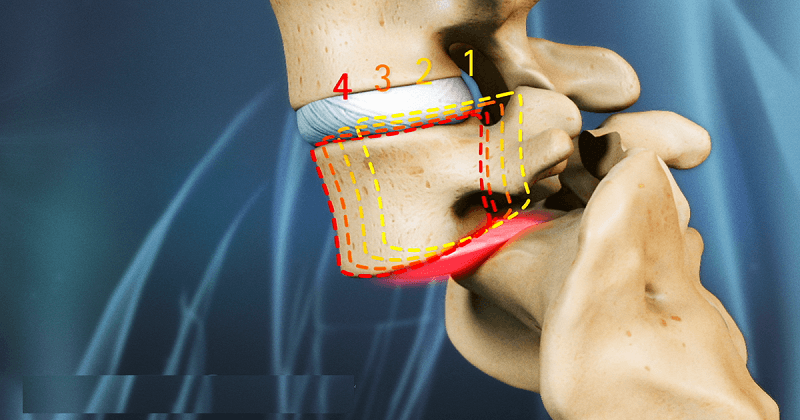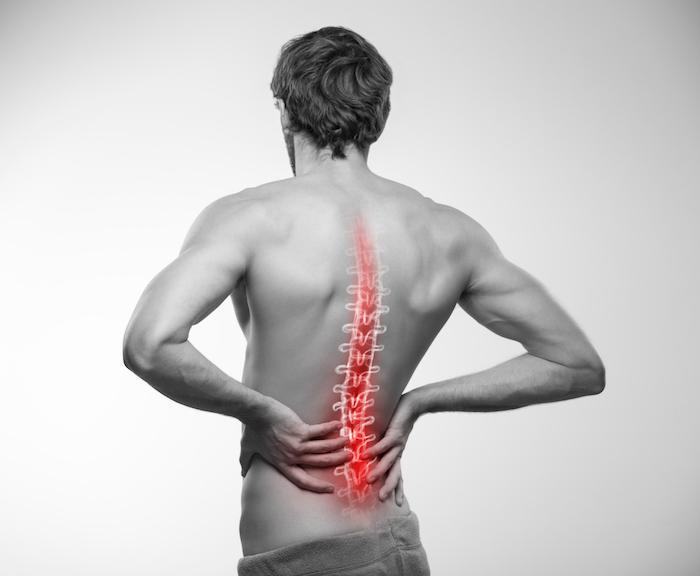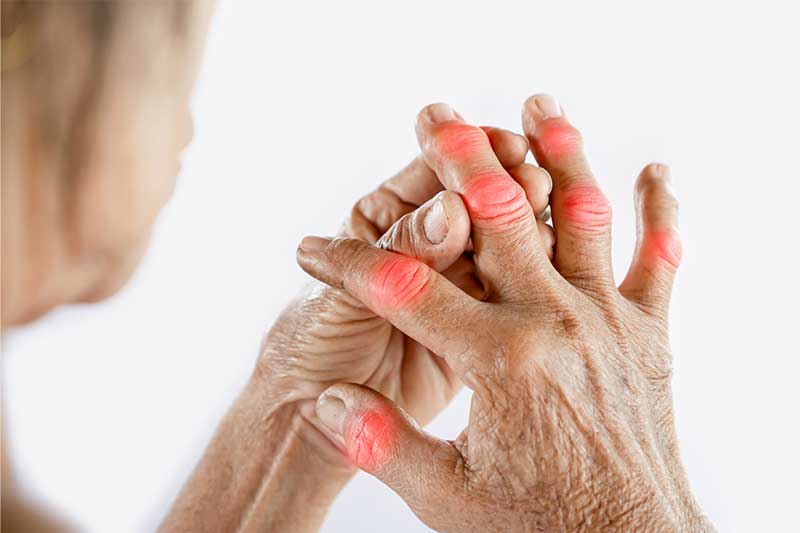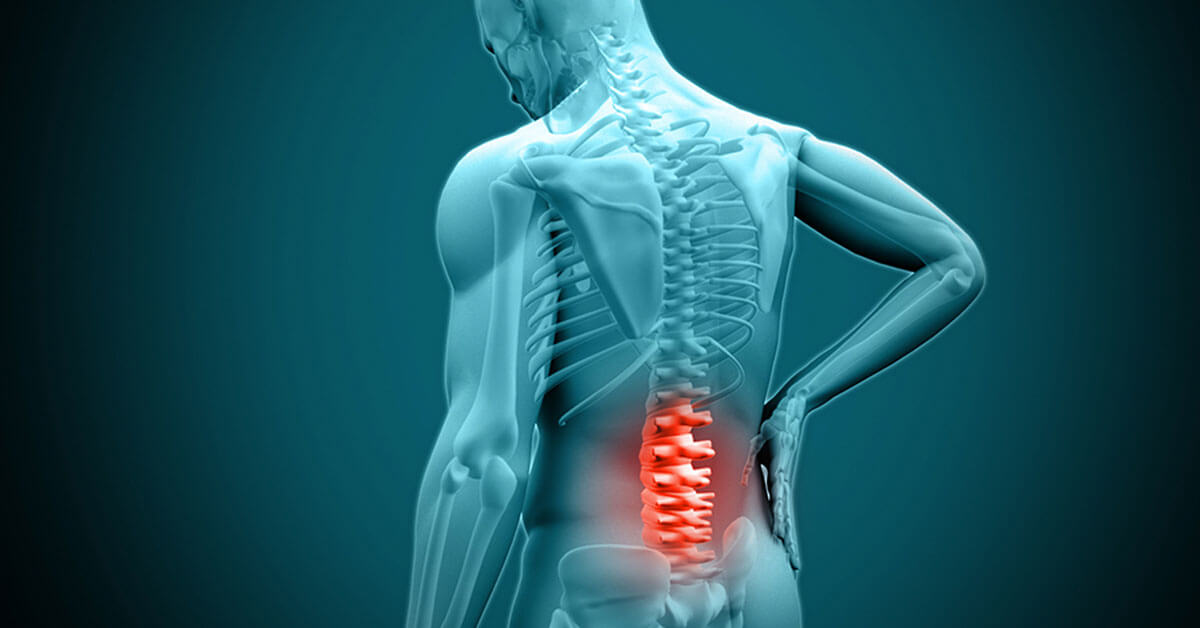Spondylolisthesis is a spinal condition that causes lower back pain. It occurs when one of your vertebrae, the bones of your spine, slips out of place onto the vertebra below it. It happens when one of your vertebrae moves more than it should and slips out of place. It usually happens at the base of the spine. When the slipped vertebra puts pressure on a nerve, it can cause pain in your lower back or legs. Most of the time, nonsurgical treatment can relieve your symptoms. If you have severe spondylolisthesis, surgery is successful in most cases.
Spondylolisthesis Symptoms
Sometimes, people with spondylolisthesis don’t notice anything is wrong. Symptoms include:
- Lower back pain
- Muscle tightness and stiffness
- Pain in the buttocks
- Pain spreading down the legs (due to pressure on nerve roots)
- Pain that gets worse with activity
- Tight hamstrings
- Trouble standing or walking
Who is at risk for spondylolisthesis?
You may be more likely to develop spondylolisthesis due to:
- Athletics: Young athletes (children and teens) who participate in sports that stretch the lumbar spine, such as gymnastics and football, are more likely to develop spondylolisthesis. The vertebra slippage tends to occur during children’s growth spurts. Spondylolisthesis is one of the most common reasons for back pain in teens.
- Genetics: Some people with isthmic spondylolisthesis are born with thinner section of the vertebra called the pars interarticularis. This thin piece of bone connects the facet joints, which link the vertebrae directly above and below to form a working unit that permits movement of the spine. These thinner areas of vertebrae are more likely to fracture and slip. Degenerative spondylolisthesis also has a large genetic component.
- Age: As we age, degenerative spine conditions can develop, which is when wear and tear on the spine weakens the vertebrae. Older adults with degenerative spinal conditions may be at higher risk for spondylolisthesis. It becomes more common after age 50.

Spondylolisthesis Causes and Risk Factors
There are six main types of spondylolisthesis. The type you have is determined by the cause. The types include:
- Congenital spondylolisthesis. A vertebra is defective from the time a person is born.
- Isthmicspondylolisthesis. This is caused by another condition called spondylolysis. In spondylolysis, a fracture, or crack, in the thin part of a vertebra can result in vertebrae slipping backward, forward, or over a bone below.
- Degenerative spondylolisthesis. Over time, the disks that cushion vertebrae dry out and get thinner. This thinning makes it easier for a vertebra to slip out of place.
- Traumatic spondylolisthesis. An injury or trauma causes a vertebra to slip out of place.
- Pathological spondylolisthesis. Another condition such as osteoporosis or cancer causes it.
- Post-surgical spondylolisthesis. A vertebra slips out of place after spinal surgery.
Spondylolisthesis Treatments
Spondylolisthesis is treated with the strengthening of supportive abdominal and back muscles through physical therapy. Treatment may include:
- Rest
- Anti-inflammatory medicines, including ibuprofen or naproxen
- Steroid shots
- Physical therapy
- Bracing
If you continue to have severe pain and disability after physical therapy, surgery may be an option.
If you have surgery, they’ll remove bone and disk from your spine to give your nerve more room and to stop the pain. This step is called spinal decompression. Next, they’ll fuse your affected vertebrae to prevent them from slipping again.




